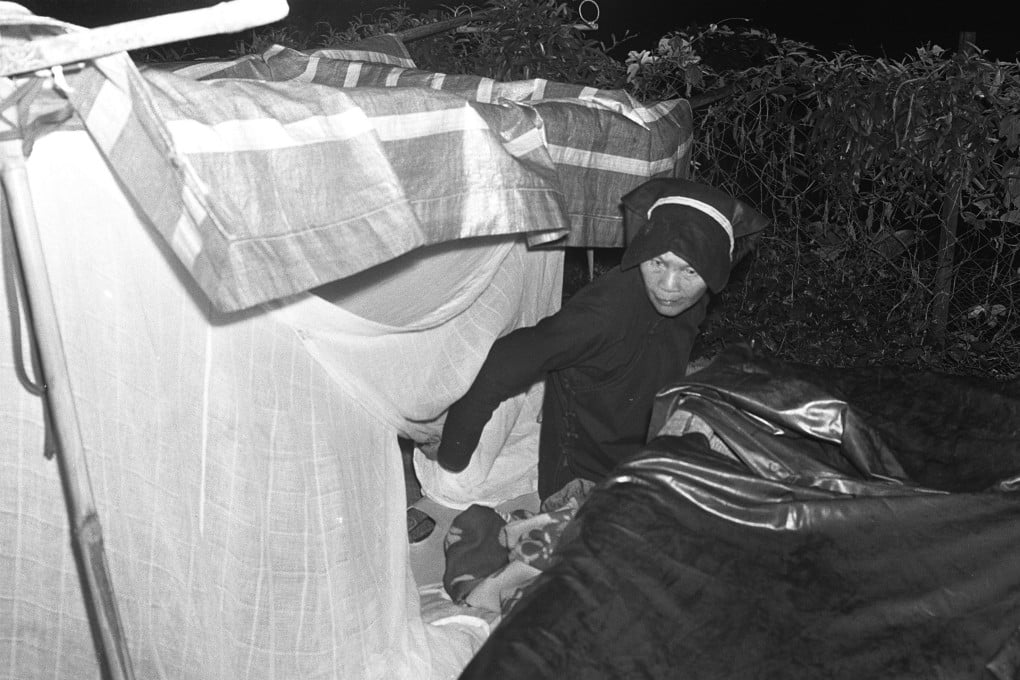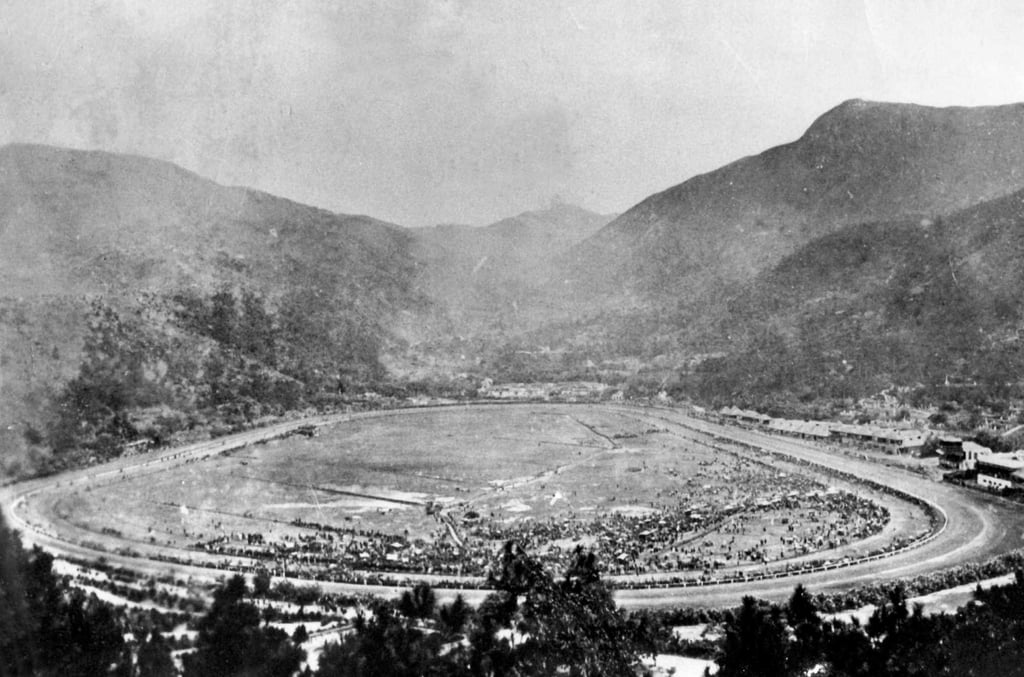Then & Now | The mosquito plague and how Hong Kong fought it with sprays, kerosene, and mosquito nets
- See a mosquito net in a hotel room now and it’s there for ‘heritage’, but for decades they were a key defence against an annual menace

From early spring, swarming miasmas of ever-present, constantly biting mosquitoes are an inescapable fact of Hong Kong life, especially in the New Territories.
In many locations, early morning and late afternoon outdoor activities become almost unbearable because of these pests, especially during periods of constant high humidity and periodic torrential rainfall.
Seasonal conditions, which vary from year to year, affect the intensity of mosquito breeding and consequent nuisance. Relatively mild winters – increasingly prevalent because of climate change – apparently create optimal conditions for enhanced mosquito proliferation.
Like much else in Hong Kong life, it was ever thus. From literally the first summer of British occupation, in 1841, mosquito nuisance was a well-documented fact in letters, memoirs and early official reports.


